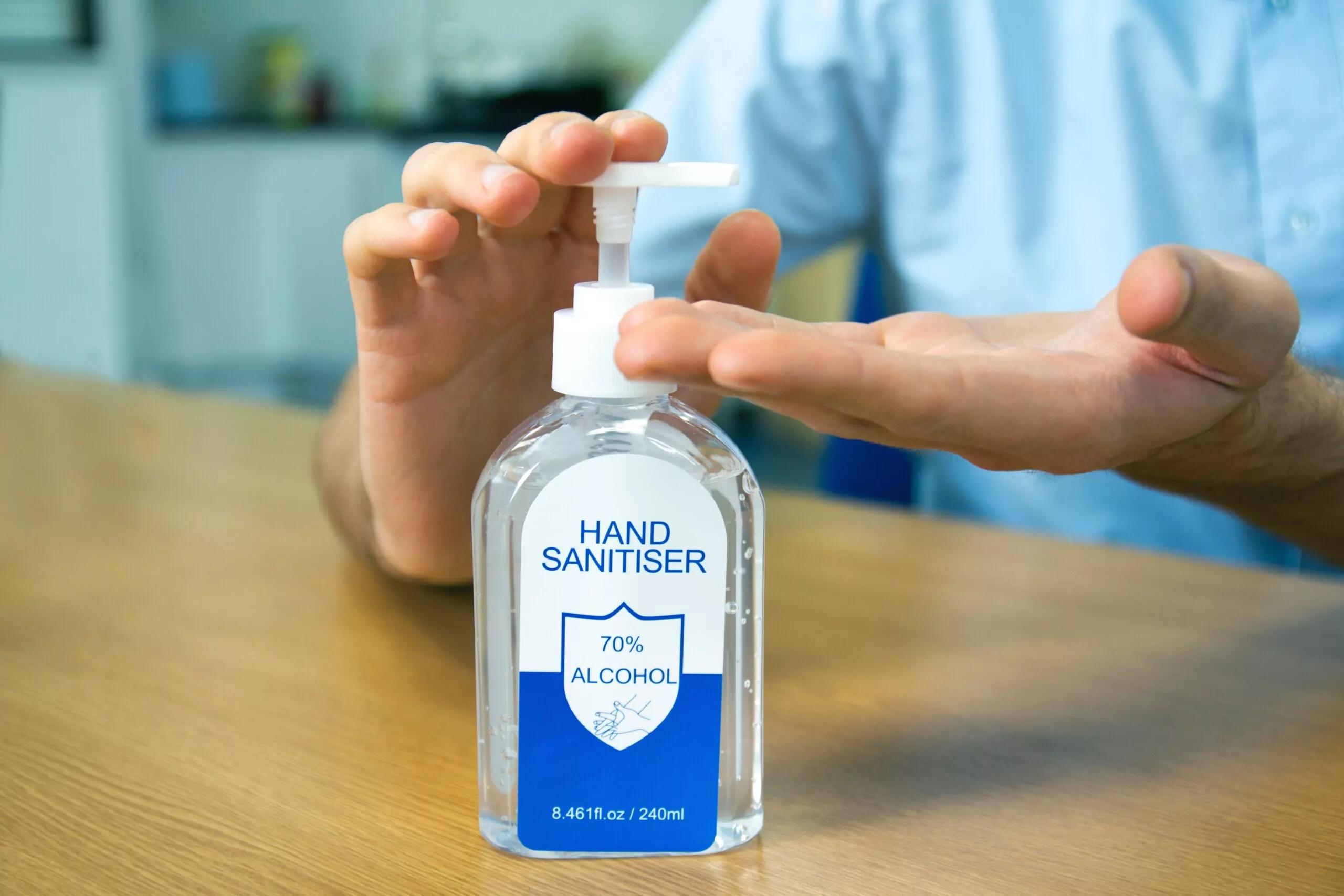
Author: Mirjana Rapaic
The COVID-19 pandemic has seen a marked increase in the production of hand sanitisers. Depending on the composition, intended use and any claims made in relation to their use, hand sanitisers may be regulated as therapeutic goods that must be approved by the TGA before they can be supplied or are excluded from TGA regulation and do not require approval when they meet specific requirements or are cosmetics.
Hand Sanitisers and Antibacterial skin preparations as cosmetics
A cosmetic is a substance that is designed to be used on any external part of the human body (or inside the mouth) to change its odours, change its appearance, cleanse it, keep it in good condition, perfume it or protect it.
The Therapeutic Goods (Excluded Goods) Determination 2018 has a comprehensive list of when antibacterial skin preparations cross over the therapeutic boundary. Schedule 2 of the Determination provides details of where antibacterial skin preparations are considered excluded goods.
Hand sanitisers or antibacterial skin preparations are excluded therapeutic goods and are therefore not regulated by the TGA when:
- used for personal or domestic use only, and not in a health care setting;
- claims are limited to low-level activity against bacteria or germs (for example, kills 99.9% of germs);
- no claims are made against viruses, fungi or named bacteria; and
- they do not contain a substance that is included in Schedules 2, 3, 4 or 8 of the Poisons Standard.
These products are regulated as General Consumer Products (cosmetics). The Australian Industrial Chemicals Introduction Scheme (AICIS) regulate the ingredients in cosmetics and the Australian Competition and Consumer Commission (ACCC) regulates the labelling.
Hand sanitisers as Therapeutic Goods
Antibacterial hand hygiene products such as hand sanitisers, hand washes and hand rubs that claim to kill specific organisms (e.g. E.coli or viruses) or that are to be used in clinics or hospitals are regulated as registered non-prescription medicines, also called Over-The-Counter (OTC) medicines. This level of regulation is applied because the quality and performance of these products in a clinical setting is more critical compared to domestic use.
Hand sanitisers that are therapeutic goods must be manufactured by TGA-licensed manufacturers in accordance with the principles of Good Manufacturing Practice (GMP) and must be included in the Australian Register of Therapeutic Goods (ARTG) before being imported into, supplied in, or exported from Australia. For a product to be included in the ARTG, a sponsor must submit an application to the TGA, together with relevant supporting data. The sponsor of a therapeutic good included in the ARTG must be an Australian resident and/or carrying on business in Australia.
Goods Excluded from Regulation due to COVID-19
On 28 March 2020, the TGA moved to create an additional exemption pathway to accelerate the availability of hand sanitisers during the COVID-19 pandemic. Products manufactured with specific formulations (using ethanol 80% v/v or isopropyl alcohol 75% v/v as the active ingredients) can be excluded from TGA regulation if they comply with a series of specific criteria. These criteria include requirements regarding formulation, labelling, claims, manufacturing, and record keeping. The specified formulations are based on advice by the World Health Organization and the US Food and Drug Administration.
Under the Therapeutic Goods (Excluded Goods-Hand Sanitisers) Determination 2020, hand sanitiser products that meet the requirements are not subject to therapeutic goods legislation and do not need to be included in the ARTG. Provided the hand sanitiser exactly meets the requirements of the determination it is permitted for use in both health care settings and for personal consumer use. These products will, however, continue to be regulated as consumer goods under Australian Consumer Law.Contact us







